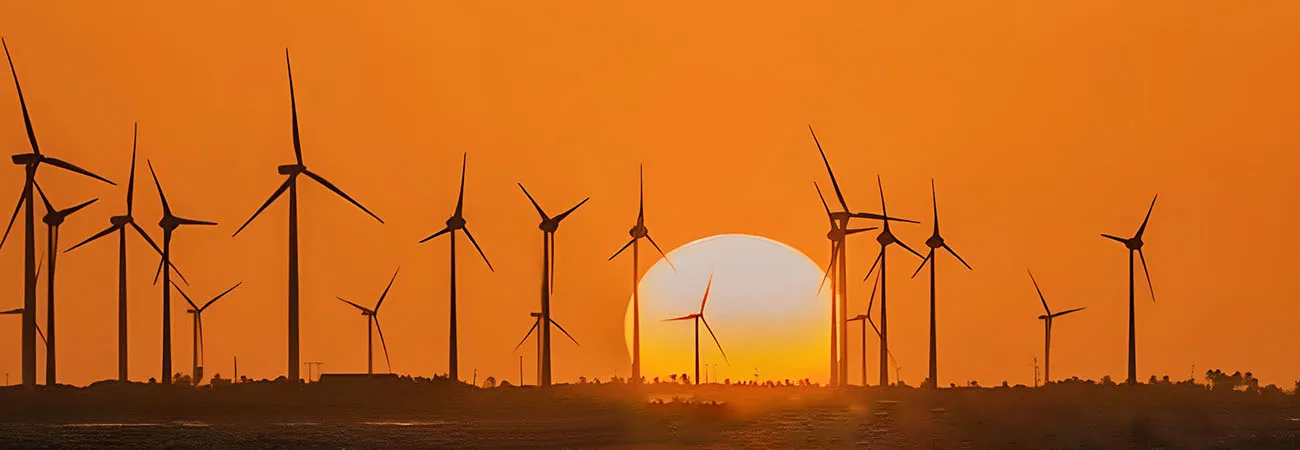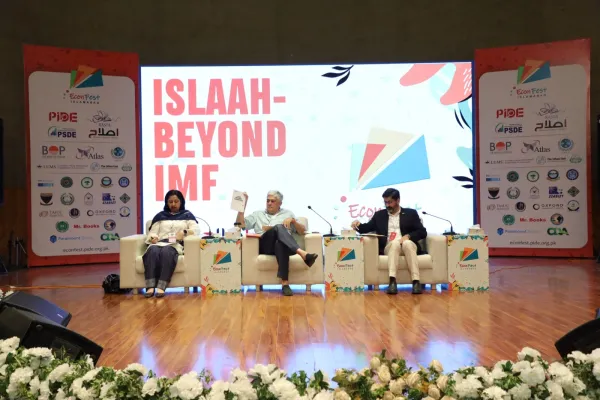i ECONOMY
The Planning Commission's long-term integrated energy demand and supply model – based on a long-range energy alternatives planning (LEAP) framework – aims to tackle the lack of comprehensive energy planning at the national level. This initiative underscores the importance of long-term planning and guidance to various energy-related departments, spanning five to 15 years. Talking to WealthPK, Muhammad Nauman Hafeez Khan, a research analyst on energy policy at the Ministry of Planning, Development and Special Initiatives, shed light on the critical initiatives undertaken by the Planning Commission to address Pakistan's energy challenges. "The need for an integrated energy planning framework arose from a lack of dedicated national-level organisation for comprehensive energy planning. Its mandate includes long-term planning and providing directives to energy-related departments," he said. "Several long-term plans are underway in the power sector, among which the Integrated Generation Capacity Expansion Plan (IGCEP) is noteworthy. National Electric Power Regulatory Authority is collaborating with National Transmission and Despatch Company in developing IGCEP, which is based on a modeling framework," Hafeez said. He explained that the LEAP model forecasts energy demand and consumption across all sectors for the next decade, offering insights into GDP growth rate and other indicators.
"It also projects national energy consumption and demand from 2030 to 2035 by incorporating variables. Additionally, it considers environmental factors, providing insights into carbon emissions and footprints to identify their sources and magnitudes." He said: "After developing our base model using a top-down approach, we held a national-level consultative workshop with other stakeholders. This session addressed policy suggestions and questions, aligning with our model's findings." "Subsequently, we revised our model based on the workshop outcomes and are now preparing a report for publication. This report will present the model's outcomes and provide additional recommendations for the energy sector, focusing on key dimensions essential for meeting national energy targets on demand and consumption." "Next, we will transition to the second phase of the model, employing a bottom-up approach. Unlike the top-down method, which provides an overview, the bottom-up approach analyses consumption at the device level across households, industries and transportation. This detailed method will offer more accurate insights, allowing for more substantial recommendations," the policy analyst explained.
However, Hafeez noted that the energy sector was exceedingly complex, and altering a single variable didn't lead to a comprehensive transformation in the entire sector or steer it uniformly in a particular direction. "We must replace fragmented policies with integrated ones developed through stakeholder collaboration. This will foster cohesive strategies, potentially introducing innovative models in Pakistan's market and improving energy sector outcomes." He maintained at the fiscal level of the energy sector, two main issues arose, including gas shortages and the power sector circular debt, totalling a significant Rs5.7 trillion. "Reducing circular debt requires efficient management practices. Integrated planning of this nature has not been attempted before, and we anticipate positive outcomes for the future," he opined. "A significant obstacle in the energy sector is the absence of policy consistency over time. Despite the development and implementation of policies, we face disruptions or alterations due to political instability. Ensuring continuity of policies is essential for fostering stability and sustainability in the energy sector," he suggested.
Credit: Independent News Pakistan (INP)









